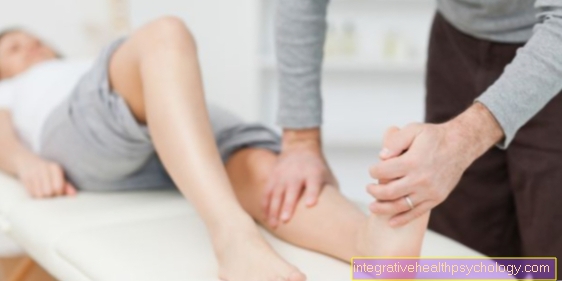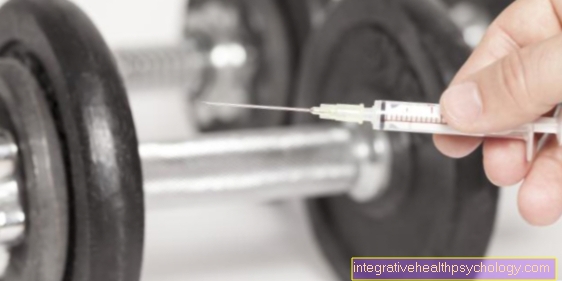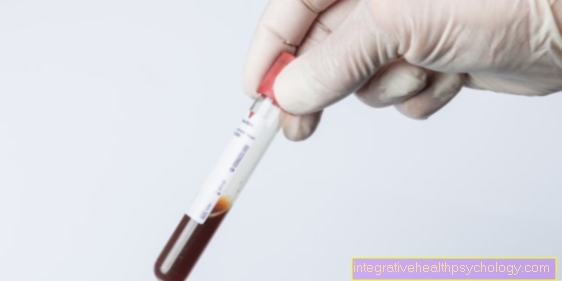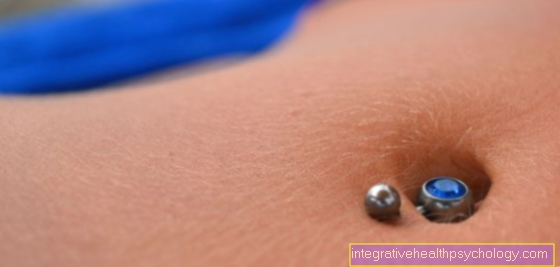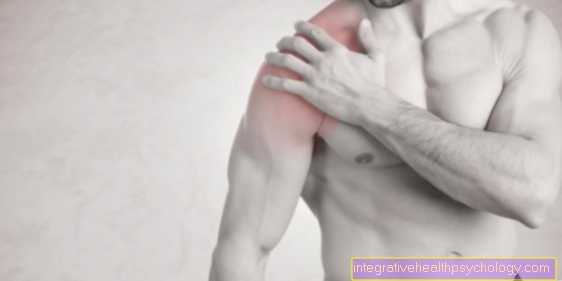Hives
definition
The hives is also known as "Urticaria“Called or colloquially as nettle rash.
This is a typical, symptomatic clinical picture of the skin that can be caused by a variety of triggers. The mechanism by which the superficial symptoms of the skin develop is comparable to an allergic reaction, but an allergy is only the actual trigger in around 10% of cases. The disease can occur suddenly or become chronic, it can also appear once or repeatedly.

causes
The causes of hives are numerous. Hives as a clinical picture represent a number of symptoms of the skin that can occur due to various stimuli. These stimuli can be triggered autoimmunologically, physically, chemically, infectiously or in some other way.
Often there is a hypersensitivity to added substances. This can be certain foods, medicines, beverages, ointments or the like. The skin reacts to the supposedly harmful substance with allergy-like symptoms.
Another cause can e.g. so-called pseudo-allergies, e.g. the sweat allergy.
The physical causes of the hives can be pressure, friction, heat or cold. In rare cases, sunlight or water can also cause symptoms on the skin.
Hormonal imbalances in the body can also trigger the symptoms. Changes in the skin can be influenced by the nervous system and hormones such as adrenaline. If these hormones are improperly regulated, hives can be triggered. For example, in the case of inflammation of the thyroid gland of the autoimmune type, such dysregulations can arise. Rare autoimmune processes and metabolic disorders can also trigger chronic hives. In the case of autoimmune reactions, the immune system triggers the symptoms because it incorrectly recognizes the body's own substances as harmful and fights them.
In very rare cases there is a metabolic disorder in the breakdown of the hormone histamine. This is mainly released during allergic reactions. If it cannot be broken down properly, the body mistakenly leads to strong, allergic reactions.
Infectious causes of hives are also possible. The cause are pathogens such as bacteria, viruses or fungi that affect the skin as an accompanying symptom of the infection. The main infection usually takes place in the intestine, but causes hives as an accompanying symptom. If the cause of the hives is not determined, which is the case in a large number of cases, it is referred to as "idiopathic" hives.
Symptoms
The typical cardinal symptom of hives are Redness of the skin With Wheals.
The redness is caused by a increased blood flow of the affected skin area, the wheal, however, by a Accumulation of water within the skin. The wheals can stretch over several centimeters and itch often very strong. The wheals usually don't stay in one place, but rather migrate over the skin. A single wheal usually regresses within a day.
Complications that can also occur with hives are so-called Angioedema. In this case, an area of the skin swells due to an effusion of liquid into the subcutaneous fatty tissue.
Not infrequently, this symptom appears on the face and can disfigure the patient for about 1-3 days.
Skin rash from hives
Under the term hives you can many different rashes be summarized. Generally it is extensive redness smaller or larger areas of skin. The rash usually comes on suddenly and can be very itchy.
They are typical of hives Buildup of fluid in the superficial skinbelonging to the so-called Wheals to lead. The rash can develop change over several days and wander around. The wheals recede and new ones appear elsewhere. This allows the hives to move across the skin.
diagnosis
The diagnosis of hives is mainly done through a detailed one Doctor-patient conversation (anamnese) and a Inspection of the affected skin areas. A dermatologist but also a general practitioner can assess the rashes and make a diagnosis.
When taking the medical history, it is important to find out if Allergies, Intolerances or known previous skin symptoms and rashes. A concomitant illness, taking medication or other new behaviors or changes in habits can also be related to the skin disease.
These are enough for spontaneous outbreaks of hives exact questioning and inspection of the rash out to make a diagnosis. Only in the case of severe manifestations of hives or chronic courses must the cause be determined using various test methods. Blood tests, antibody tests or special diets can be used.
Is Hives Contagious?
Hives are not contagious. The skin symptoms occur as a result of various causes, which can sometimes be infectious.
The rash does not contain any pathogens that can be transmitted.
If the cause is an infection, for example in the intestine, the main infection may be infectious and contagious. However, the infection takes place with the intestinal pathogen, not with the hives themselves. A recurrence of hives in the infected person would be pure coincidence and very unlikely.
Further information on the subject can be found at: How do I know if my fever is contagious?
therapy
The Hives owns always a trigger. So the ideal treatment for hives is primarily to avoid the trigger.
Such avoidance is possible in the case of food or medication. In heat, cold, others physical stimuli or pathogens however, this is hardly possible.
In this case, if you have severe symptoms and uncontrollable hives, a medical therapy carry out. That is what triggers the rash Hormone histamine.
Symptomatic therapy consists in making this hormone ineffective by taking so-called hormones Antihistamines. These must be used over several months. Should the relief come quickly and acutely, is one Cortisone Therapy advisable. In the case of severe complaints, it can be taken for a short time; cortisone is unsuitable for long treatments.
Home remedies for hives
The Symptoms of hives can through Home remedies be alleviated. In particular the severe itching appears unbearable to many patients and can be alleviated by cooling.
Cool water or cool compresses the affected area relieve the symptoms.
However, a rare form of hives is caused by the cold of the skin surface. If this is the case, the symptoms worsen and cooling should be avoided immediately.
Will the Itching unbearable strong, should refrain from home remedies and one medication through a doctor to be started. In no case should the rash be scratched open. This provides little symptom relief, but carries the risk of skin infection.
Homeopathy for hives
With slight complaints you can homeopathic remedies cause an improvement. Homeopathy can be used to provide relief, especially for chronic hives.
Suitable remedies for hives are "Ascatus fluviatilis" and "Apis mellifica“, Which helps with any rashes.
However, in order to achieve a holistic approach, the exact form of the hives must be known. If food or Infections are the triggers are or whether a hives sensitive to cold or heat present is crucial. In the event of severe complaints and poor treatment success, a doctor should still be consulted. Homeopathy can only be used as a supplement to drug therapy or for mild complaints.
Duration of a hives
The Duration of illness is very variable and unpredictable. A distinction must be made between one acute and a chronic form. About half of the patients have an acute form. This can subside within a few days to weeks or last for a few months. To a maximum of 6 months the disease goes back by itself.
The rash can change over this period. The individual wheals recede after a few days, but new ones keep forming. Of the Rash can wanderuntil it disappears after weeks or months.
About half of the patients do chronic form. This can last up to 5-10 years. Forms of hives caused by physical, uncontrollable Stimuli or as Consequences of chronic intestinal infections arise. In chronic hives, the symptoms are often not as pronounced as in the acute form.
Despite the long course, in almost all cases the hives will heal spontaneously over time, whether chronic or acute.
Hives in children
A Hives in the child is not a rare disease. An acute form is particularly typical. The hives only occur for a few days or a few weeks. Then it heals completely on its own. The causes are in many cases Infections and viral diseases. The typical viral diseases that are experienced in childhood trigger acute hives in addition to flu-like infections, throat infections or otitis media.
Also newly recognized Allergies can cause hives. Often are Food allergies or Drug allergies the triggers of hives.
Physical triggers are rare in young people.
Most of the treatment is done through Home remedies. Also Antihistamines can be used. The hives usually go away on their own in no time. With children, special care must be taken to ensure that the wheals are not scratched. In the case of skin injuries with bleeding, there is always a risk of secondary infections, especially in children who are less hygienic than adults.
Hives in the baby
At the infant As in children under 18 years of age, hives are mainly acute. It is a rather harmless disease that, in addition to the wheals and itching, can also lead to fever and, in extreme cases, to shortness of breath.
In the baby, the hives indicate one previous viral infection or on the Food intolerance down. By cooling the skin with cold compresses, the symptoms can be alleviated until the hives clears up on its own within a few days. In the event of complications such as shortness of breath or long duration of the disease, a Consulted a doctor become.


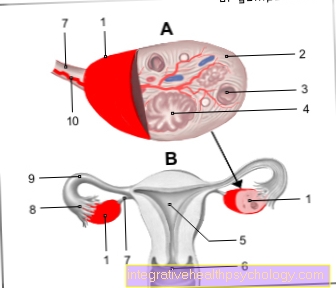


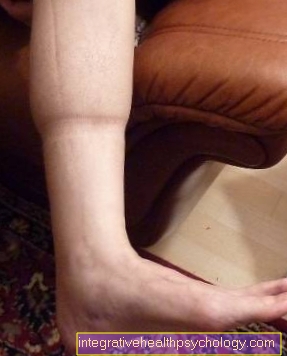

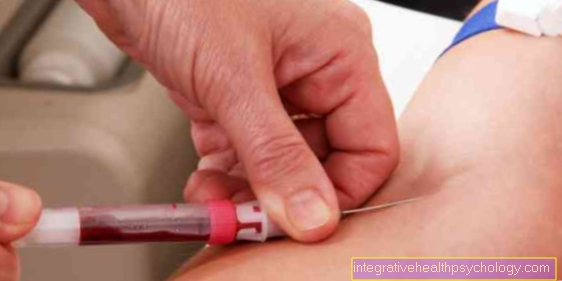

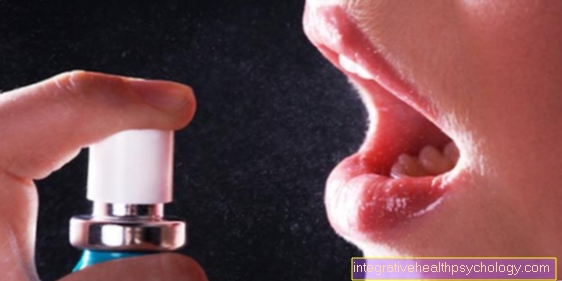
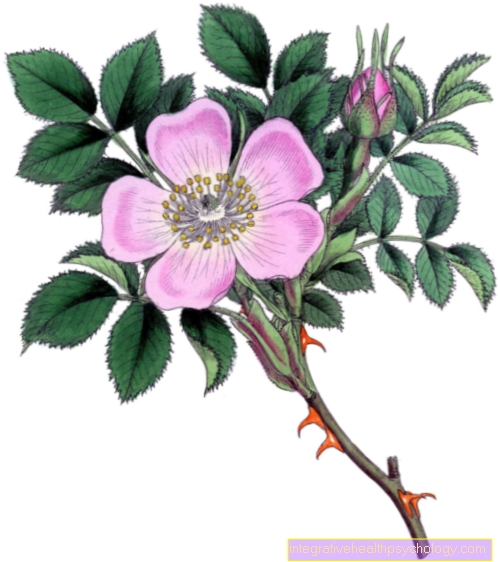


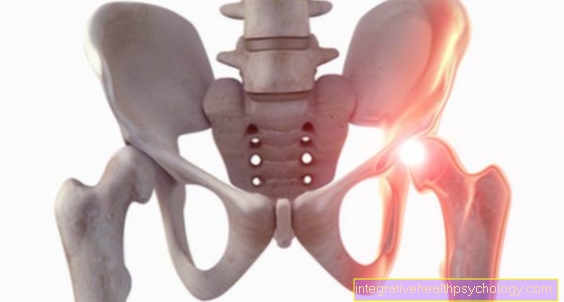

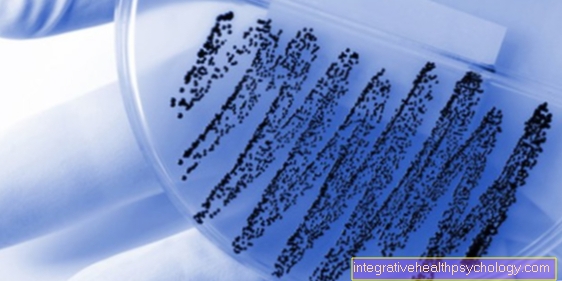

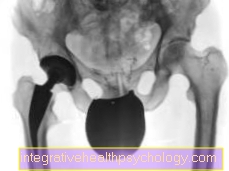
.jpg)
